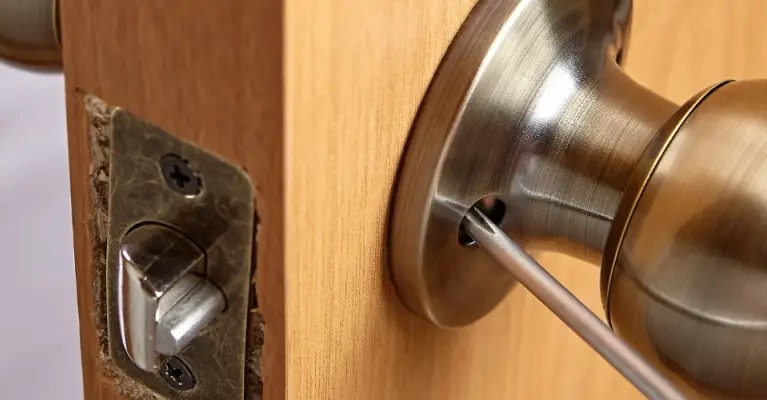Innovative Strategies for Installing Your New Air Conditioner
Setting up your air conditioning system is simply more than just placing the appliance on a surface and switching it on. Effective placement and proper installation are the keys to ensuring the most extended lifespan, efficiency, and effectiveness in cooling. Proper planning and care are essential in installing any new system, whether in an old or new space. For an expert installation service, visit https://www.lsairconservicing.sg/aircon-installation/ to ensure the installation is done correctly and the system performs at its peak.
Why is Proper Aircon Installation So Important?
Everything seems simple until you have to install the air conditioning system yourself. If this task is completed carelessly, then be prepared for various issues concerning problematic cooling and irritating costs on repair expenses. An air conditioner that is not installed correctly can also give rise to refrigerant leaks. For professional services and guaranteed performance, visit https://www.lsairconservicing.sg/our-services/, where skilled technicians will take care of the placement of your unit.
Select the Best Site
Where you position your air conditioner is essential to its efficiency. Proper ventilation and distance from heat and sunlight should be available for both window and split AC units. For split systems, the indoor unit should be able to distribute air to as much of the room as possible. There should also be adequate clearance on the outdoor side for the condenser to release heat.
Correctly Sizing the Air Conditioner
If the air conditioner is too small, the system will run longer than it should, while a larger unit would consume too much energy. While purchasing a new system, there are vital aspects to bear in mind: It include:
- Area of the Room: Estimate the sq. feet and provide it in the appropriate setting. The size of the cooling system varies from unit to unit.
- Insulation Quality: Air conditioners with greater BTU output are designed to function in spaces with insufficient insulation.
- Window Size and Placement: Sun-exposed building areas experience substantial heat gain. A powerful appliance is used in such rooms, or the temperature should be lowered more than that of the room with smaller windows.
Make Sure There is Adequate Ventilation and Drainage
Proper ventilation and drainage arrangements are vital when installing an air conditioner. Heat dissipation and coolant circulation require sufficient air intake. Condensate (water) is also produced during the cooling cycle, which must be drained appropriately; otherwise, there would be water damage.
Why Sealing and Insulation Make Aircon Performance Efficient?
In order to improve energy efficiency, the unit should be installed in such a way that air escape is minimal. Poor sealing can result in the loss of cooled air and the entry of warm air thereby putting more strain on the air conditioning unit than is required. Ensure that the air ducts are adequately insulated and that there is no allowance around the edges of the unit.
Consider Energy Efficiency and Features
Various features available in modern air conditioners can help improve energy efficiency and comfort. Look for a cooling system with an Energy Efficiency Ratio so you will not be surprised by the electricity bill. Some units even come equipped with temperature control, which can be done remotely through smartphones or by programming them to operate on a schedule.
Should You Hire Professionals for Aircon Installation?
As tempting as DIY air conditioner installation or local handyman service may look, the most effective option is always seeking professional help. This is primarily because professional technicians have relevant experience and an understanding of appropriate configuration. A competent installer will also ensure the unit has been tested and works correctly.
Steps to Test Air Conditioner after Installation
Test the air conditioner after the installation, especially after cooling an area for about 15 minutes. Ensure the air conditioner cools the room, and observe how the temperature varies. Take note of the buzzing, rattling, and loud vibrating sounds because these signs indicate huge issues throughout the installation phase.








